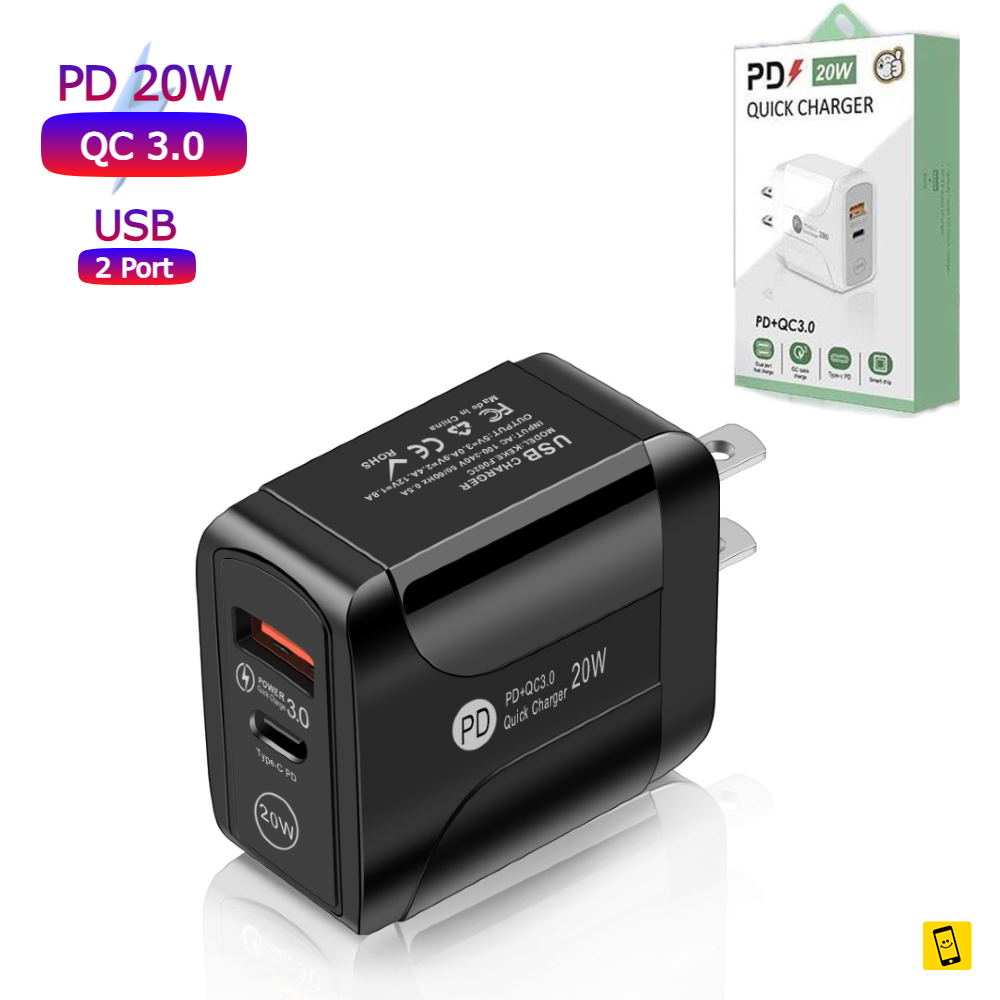

- Charging with ac over usb 2 vs usb 3 update#
- Charging with ac over usb 2 vs usb 3 software#
- Charging with ac over usb 2 vs usb 3 Pc#
- Charging with ac over usb 2 vs usb 3 plus#
- Charging with ac over usb 2 vs usb 3 free#
Charging with ac over usb 2 vs usb 3 update#
Minor update to hub specification to address increased performance and assure seamless transitions between single and two-lane operation.Continued use of existing SuperSpeed USB physical layer data rates and encoding techniques.Delivers compelling performance boosts to meet requirements for demanding USB storage, display, and docking applications.Defines multi-lane operation for new USB 3.2 hosts and devices, allowing for up to two lanes of 10Gbps operation to realize a 20Gbps data transfer rate, without sacrificing cable length.Key characteristics of the USB 3.2 specification include: The USB 3.2 specification absorbed all prior 3.x specifications. While USB hosts and devices were originally designed as single-lane solutions, USB Type-C ®cables were designed from the outset to support multi-lane operation to ensure a path for scalable performance. The USB 3.2 specification defines multi-lane operation for new USB 3.2 hosts and devices, allowing for up to two lanes of 10Gbps operation to realize a 20Gbps data transfer rate.
Charging with ac over usb 2 vs usb 3 Pc#
It is a fast, bidirectional, low-cost, dynamically attachable interface that is consistent with the requirements of the PC platforms of today and tomorrow. USB continues to be the answer to connectivity and charging for PCs, Consumer Electronics, Display and Mobile architectures. SuperSpeed USB addresses this need by adding an even higher transfer rates to match these new usages and devices. In addition, user applications demand a higher performance connection between the PC and these increasingly sophisticated peripherals. They require significantly more bandwidth to maintain the interactive experience users have come to expect.

I'd like to think that over time that Quest Link will continue to improve and maybe one day I'll be able to retire my cv1.As technology innovation marches forward, new kinds of devices, media formats, and large inexpensive storage are converging. Neither offers the same performance/stability I get with my Rift cv1. So for now I see little reason to use the charge cable other than for charging. The official link cable is not perfect either but on the whole it is much better. with fast head movements and/or fast teleports. So far I've found that most PCVR games are playable with the charge cable but some more complex ones like Lone Echo and flight/racing sims start to lag/stutter a bit, esp. I do get the orange warning light that tells me it would be better to use a usb3.0 connection but this does not stop the connection itself working. My Quest usb2.0 charge cable that came with my quest connects at 360mbps, usb2.0. My official link cable connects (from the device connection test on the Oculus app) at 1.7Gbps, usb3.0.
Charging with ac over usb 2 vs usb 3 plus#
I'm not really sure if this has significantly improved things but since I do have a lot of usb devices installed (Rift cv1 w/2x sensors, Vive Pro, flight sticks, plus sometimes a few others) I thought it would be a good idea to spread out the usb bandwidth a little. I initially just used a usb3.1gen2 type-c port on my Ausu ROG Maximus XI Hero motherboard and this worked fine but after a few connection problems I decided to try a separate pcie card.
Charging with ac over usb 2 vs usb 3 free#
I'm currently using a separate pcie usb3.1 gen2 card installed in one of my free pcie x16 slots. Also, I'm using a direct usb type-c connection, without any adapters. I get the message asking if I want to enable Link and after selecting this my Oculus app opens and I'm off to the races. Now all I seem to need to do with either cable is to simply start up my Quest, wait for the guardian confirmation, and then plug in the cable to my Quest. Initially (pre v17) I found I occasionally needed to plug/replug my official link cable a couple of times for a connection to be successful. I have not had any problems starting up Link with either. This cable cost me aud$129.įirst of all, both cables actually work very well. I bought the official link cable at the same time I bought my Quest 1.5 months ago. Also, it would be nice if we could limit discussion on this thread to PCVR via Link rather than discuss the wireless option with Virtual Desktop (again already a fairly long thread on this). It would be good if we could limit our discussions to these 2 cables rather than the multitude of other non-Oculus ones already in use and which have already been discussed in a separate (and long) thread.

Charging with ac over usb 2 vs usb 3 software#
Now that Oculus v17 software allows for a wider use of USB cables for Link I thought it would be useful for those that have both to share their views on each cable.


 0 kommentar(er)
0 kommentar(er)
